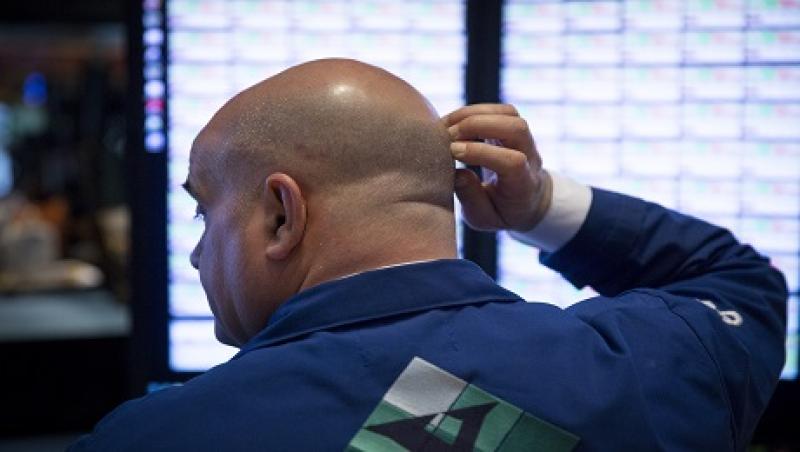
A trader scratches his head while working on the floor of the New York Stock Exchange (NYSE) in New York, U.S., on Wednesday, April 3, 2013. U.S. stocks fell, after the Standard & Poor's 500 Index climbed to a record yesterday, as data on private payrolls and services-industry growth trailed economists' estimates. Photographer: Scott Eells/Bloomberg
Scott Eells/Bloomberg

